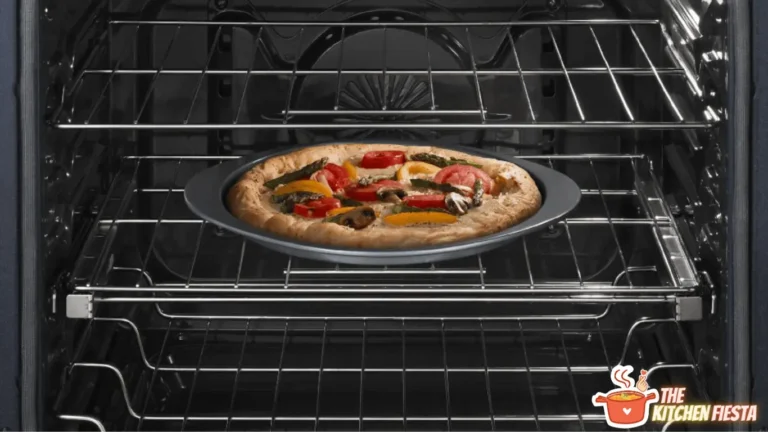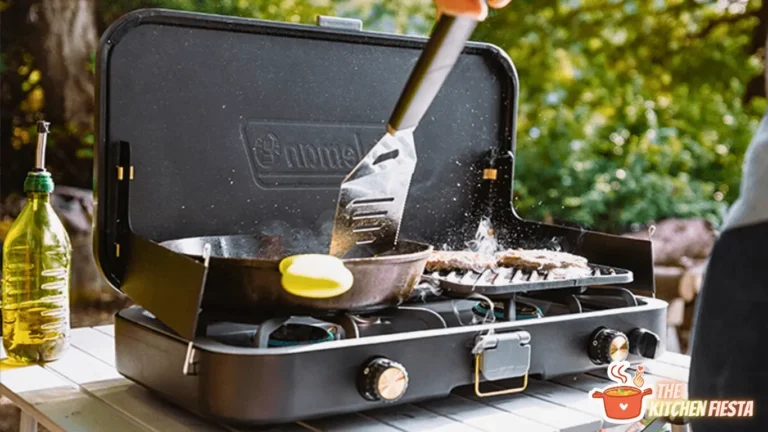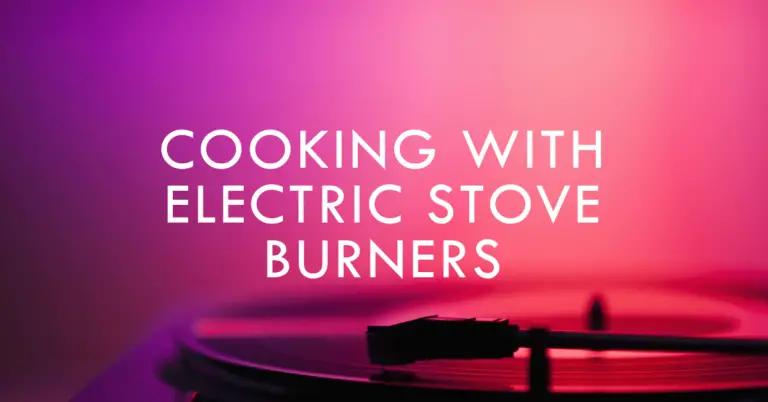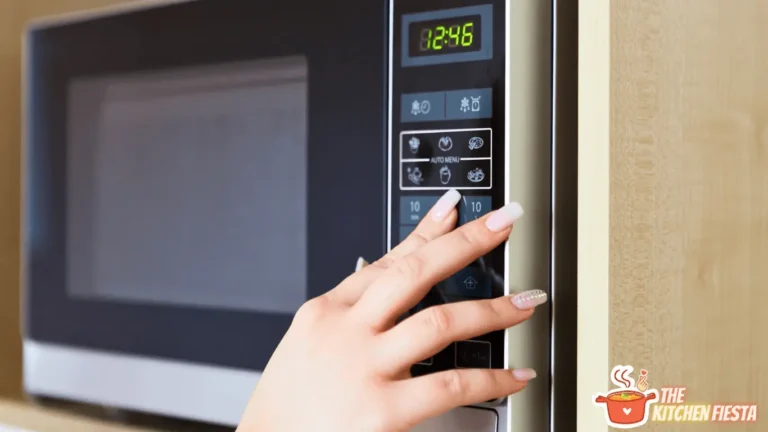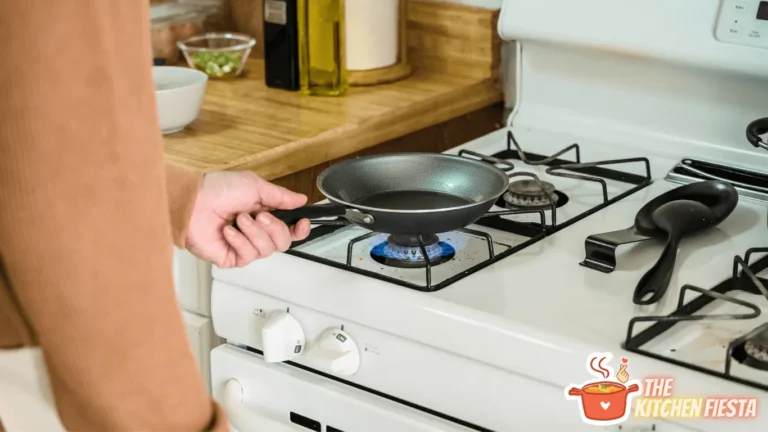Cost to Convert a Natural Gas Stove to Propane (An Idea)
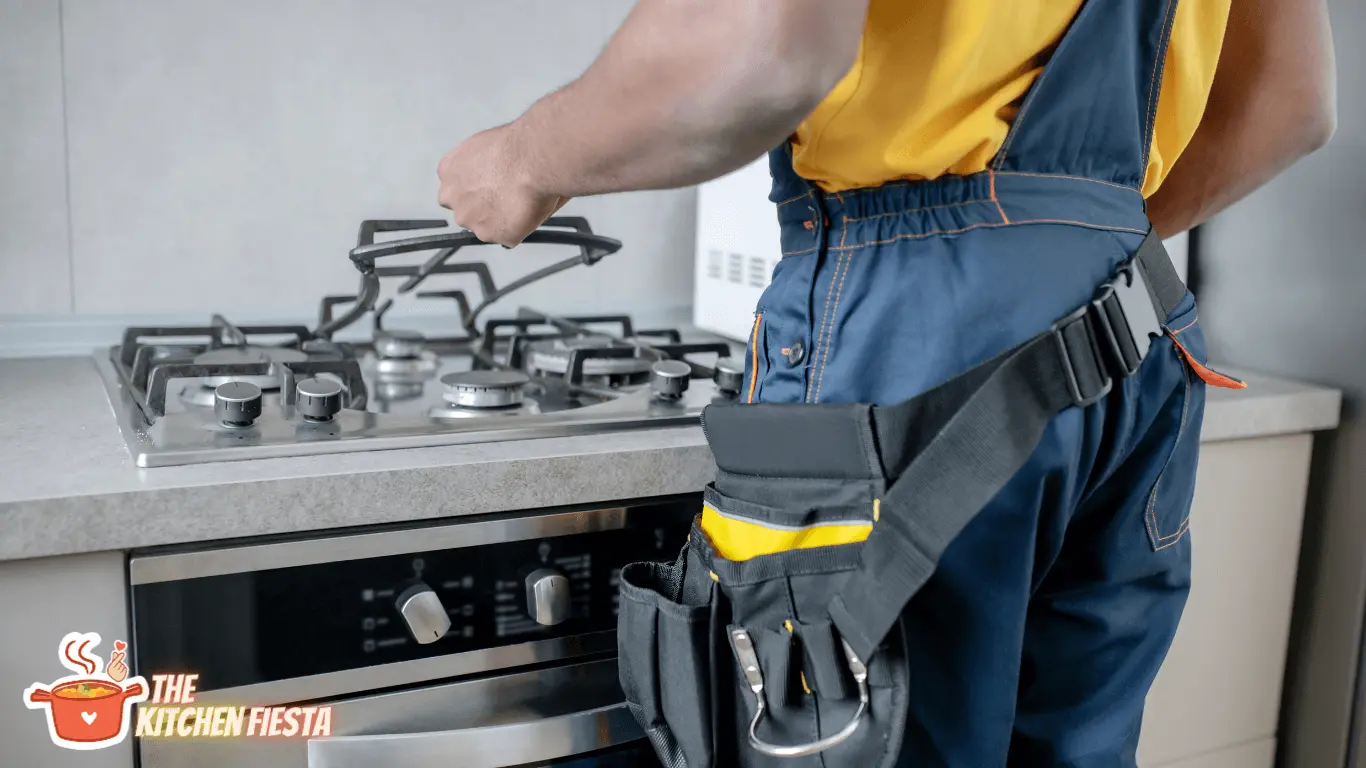
Cooking with gas is a preference for many homeowners and renters alike. There’s just something about a gas flame that gives you a bit more control and responsiveness than traditional electric ranges. If you currently have a natural gas stove, but are considering making the switch to propane, you likely have some questions about what that entails.
How difficult is it to convert a natural gas stove to use propane?
The conversion process is fairly straightforward with the right parts and preparations. With some basic mechanical skills and DIY know-how, it’s possible to do the propane conversion yourself without the need to hire a professional. The specific steps and costs involved depend on the make and model of your existing gas stove.
In this complete guide, we’ll walk through everything you need to know about converting your natural gas stove to propane, including:
- How propane and natural gas systems differ
- The conversion kit and parts you’ll need
- Step-by-step instructions for the conversion process
- Costs for professional installation vs DIY
- Propane tank requirements and considerations
- How much propane your converted stove will use
- The pros and cons of cooking with propane vs natural gas
Let’s start by getting a better understanding of the key differences between these two popular fuel sources.
Propane and Natural Gas Stoves: How They Work
Both propane and natural gas stoves operate by burning gas to produce flames for cooking. The main differences come down to the types of gas used, the pressure it’s delivered at, and the setup required in your home.
Key Differences Between Propane and Natural Gas
- Natural gas is delivered via underground gas lines and pipes that are tapped into by your home’s supply lines. Propane is stored on-site in pressurized tanks and delivered by companies when you need a refill.
- Natural gas is mostly composed of methane, while propane, also known as LPG (liquefied petroleum gas), is a by-product of natural gas processing and oil refining.
- Natural gas is piped into homes and appliances at low pressure, typically between 4-9 inches of water column. Propane tanks are pressurized to provide gas at 11-13 inches of water column.
- Natural gas contains an odorant added to help detect leaks. Propane is naturally odorless, so a scent is added as a safety measure.
- Appliances designed for natural gas require different burner orifices and regulator fittings than those made for propane in order to adjust for the differing gas pressures.
So in order to switch your existing natural gas stove to propane, some appliance conversion is required. The specific parts and approach depend on your stove’s make and model.
Converting a Natural Gas Stove to Propane: What’s Needed
To successfully and safely convert a stove from natural gas to propane, you’ll need:
- An appliance conversion kit designed specifically for your stove model
- Adjustable propane gas regulator with the proper outlet pressure
- Replacement burner orifices for propane
- Gas shut-off valve for propane line
- Pipe sealant and teflon tape
- Instructions for your stove’s conversion procedure
Many natural gas stove manufacturers sell conversion kits that include the necessary replacement parts to adapt the appliance for use with propane. The kit will have instructions tailored to that specific stove model’s configuration.
Some key parts included are:
- Regulator – Adjusts propane pressure down below the delivery pressure to the proper stove operating pressure. This should match what the appliance was designed for.
- Burner orifices – These brass fittings control gas flow to the burner. You’ll need propane-rated orifices sized to properly burn propane based on the stove’s BTU rating.
- Label for the stove indicating it’s been converted to propane.
- Any gaskets or fittings needed to install the new regulator and orifices.
Without the manufacturer’s conversion kit, you can source the necessary propane parts independently. But the manufacturer instructions will provide key steps for properly converting that make and model while ensuring safe operation.
If you need to locate the manufacturer’s conversion kit, check the support section of their website or contact their customer service department. Provide them with the full model number of your natural gas stove.
You can also find conversion kits online through third-party appliance parts retailers. And local propane suppliers may stock them as well. Expect to spend $100-200 on the required conversion kit and parts.
How Much Does Professional Stove Conversion Cost?
If tackling the stove conversion process on your own sounds daunting, hiring a pro may be worthwhile for the peace of mind. But it definitely adds cost.
Based on estimates from seasoned plumbers and appliance repair technicians, you can expect to pay $200-400 or more for professional natural gas to propane stove conversion.
Some factors that influence the total cost of professional conversion services include:
- Accessibility of the stove – more complex installations mean more labor time.
- The technician’s hourly rate for service calls.
- Additional parts required beyond the conversion kit.
- Any repairs needed to get the stove into good working order.
- Travel fees if you’re located remotely.
Of course, costs vary by region and the individual contractor’s rates. But budget around $250-500 to have your natural gas stove converted to propane by a qualified local pro.
Doing the conversion yourself is primarily a matter of part costs since your only investment is your own time and effort.
DIY Natural Gas to Propane Stove Conversion
With some mechanical aptitude and basic tools on hand, converting a stove from natural gas to propane is a project many homeowners can tackle themselves. Here are the key steps involved:
1. Turn Off Gas and Disconnect Stove
Before starting, shut off the gas supply valve for the stove. Then disconnect it from the natural gas line in your home. Unplug the range from the electrical outlet as well for safety.
2. Detach and Remove Burners
Take apart the cooktop surface and remove all burner caps and burner heads. This gives you access to the underlying orifices.
3. Switch Out Orifices for Propane
Use a wrench to unscrew the natural gas orifices. Replace each one with the properly sized propane orifices specified by the manufacturer or in the conversion kit. Apply pipe sealant or teflon tape to the threads to prevent gas leaks.
4. Adjust Air Shutters and Replace Parts
Make any adjustments outlined in the manufacturer instructions, such as altering the air shutters or gas valve settings. Replace key components like the regulator and add the label showing it’s been converted.
5. Reassemble Stove and Hook Up Propane
Put all the burners and cooktop back together, plug in the range, then connect to the propane supply using a flexible gas line with shut-off valve.
6. Pressure Test for Leaks and Re-light Burners
Use a soapy water solution to check for gas leaks at all connections and fittings. If there are no leaks, ignite the burners one by one to test.
Having the proper tools like a pipe wrench, channel lock pliers, pipe sealant, and propane-rated pipe fittings are musts for the DIY conversion. Follow the manufacturer’s instructions precisely for your specific model.
And never use an open flame to check for gas leaks! Soapy water will bubble up at any leak points without risk.
What Does a DIY Propane Conversion Cost?
The cost for a DIY propane stove conversion depends primarily on:
- The specific manufacturer’s conversion kit – $100-200 average
- Propane hose and shut-off valve – $50-150
- Pipe fittings, sealants, pipe dope – $20-50
- Propane regulator – $50-150
With all the necessary parts and tools on hand, you can expect to spend $250-500 or more for a full DIY natural gas stove to propane conversion. The manufacturer’s kit with custom burner orifices is the biggest expense. But shopping around for deals on regulators and propane hoses can help control costs.
Beyond parts, there’s the investment of your own time and labor. If you’re relatively handy and have some plumbing experience, count on 2-5 hours for the complete DIY conversion.
Hooking Up Propane Tanks and Supply Lines
Once your natural gas stove’s interior workings are converted for propane, you’ll need a way to supply it with propane gas. There are a few installation options:
- Outdoor propane tank – This is the most common setup. A tank size from 120 to 1000 gallons is installed outdoors, then piped underground to the house.
- Indoor propane tank – For cottages or rural homes, a small indoor tank around 30-100 lbs may be used if an outdoor tank isn’t practical.
- Cylinder exchange – Rather than refilling on-site, cylinders are exchanged for filled ones at a propane supply store. But this isn’t ideal for home stoves.
For households with adequate outdoor space, an external 500-1000 gallon propane tank buried near the home provides ample fuel storage capacity. Ensure the underground piping is properly sized and installed at the right burial depth to prevent damage.
A certified propane company can help determine the right tank size and placement based on your household cooking needs. They’ll also handle the tank installation and filling. Expect to spend around $1200-2000 or more for a full setup with a 500 gallon-plus outdoor propane tank.
Propane Consumption of a Converted Gas Stove
Once your natural gas stove is hooked up to your propane supply, how much fuel it will use depends on several factors:
- Cooking frequency – A household that prepares three meals a day will use more than one that rarely cooks. More use equals more propane.
- Burner BTUs – The total BTUs of the stove’s burners impacts consumption. More powerful burners use more propane fuel.
- Types of cooking – Boiling, frying and broiling all consume different amounts of gas. More complex, high-heat cooking uses more propane.
For a typical family that regularly cooks meals daily, an estimate of 25-35 gallons of propane per month isn’t unreasonable for an average converted gas stove. This translates to 300 to 420 gallons annually.
Of course, your actual propane consumption will depend on your specific usage habits. Tracking your household’s monthly usage can help estimate yearly consumption. Propane is sold by the gallon, and current average residential prices range from $3.50 – $4.00/gallon.
So for budgeting purposes, plan on approximately $1000-1500 yearly to fuel your converted gas range with propane. Actual costs may end up lower or higher.
Propane vs Natural Gas: Pros and Cons
Besides the process of converting over, are there any other major differences between using propane and natural gas for cooking? Here are some key pros and cons to weigh:
Propane Advantages
- Portability – tanks allow for stove installation anywhere, even if natural gas lines aren’t available.
- Lower installation cost – No need to tap into gas lines and plumbing in the home.
- Self-sufficiency – You control when and how your propane tanks are refilled.
- Cleaner emissions – Propane emits less CO and CO2 than natural gas.
Propane Disadvantages
- Propane is more expensive per BTU than natural gas in most regions. Expect higher annual fuel costs.
- Replacement tanks have a higher upfront cost than extending utility lines.
- Storage – Large outdoor tanks take up yard space. Indoor tanks can be hazardous.
- Tank rental and delivery fees – You’ll pay these ongoing costs alongside the propane itself.
Natural Gas Benefits
- Wider availability – Many urban and suburban homes have easy access to utility lines.
- Lower fuel cost – Natural gas is around 2/3 the price per BTU compared to propane.
- No storage tanks needed – Gas is piped directly to the appliance with no tank hassles.
Natural Gas Drawbacks
- Installation challenges – Getting new utility lines to rural homes can be complex and costly.
- You’re tied to the utility company and their billing rates and practices.
- Potential for gas leaks is greater with in-house plumbing.
So it mainly comes down to convenience vs. cost savings in many instances. The flexibility of propane has to be weighed against the direct pipeline access of natural gas.
Converting Back to Natural Gas
If you ultimately decide propane isn’t your ideal fuel after converting, it is possible to switch a propane stove back to use natural gas again. The process is essentially reversed:
- Swap the propane orifices for natural gas ones
- Exchange the propane regulator for a natural gas version
- Adjust burner valves and air shutters back to original specs
- Hook up to your existing natural gas supply lines
- Test thoroughly for leaks before using!
The conversion back to natural gas isn’t quite as involved since the piping and lines likely already exist in your home. You mainly need the proper natural gas stove parts and components.
Check with technicians before attempting this yourself however. In some cases, it may not be advisable or codes may have changed.
Key Takeaways on Converting Your Stove to Propane
Converting your existing natural gas stove to propane certainly takes some effort. But with the right parts and safety precautions, it can be an achievable DIY project.
To recap the essential details:
- Purchase the manufacturer-specific conversion kit and a propane gas regulator
- Carefully switch out the orifices, label stove, and make adjustments
- Hook up an outdoor propane tank for fuel supply
- Expect to pay around $500-1500 between parts and professional tank installation
- Factor in higher annual propane fuel costs compared to natural gas
- Connect to propane first before disconnecting natural gas
- Always take safety precautions like gas leak tests any time you alter gas appliances
With some handy skills and attention to detail, you can have your stove switched over to propane without the premium cost of hiring an expert. Just be sure to follow all manufacturer instructions to a T for optimal function and security.
Does converting over to propane make sense for your household? If so, hopefully this overview gives you confidence that the process is very doable. Enjoy greater flexibility in where your stove can be installed, while still appreciating the convenience of cooking with gas.

